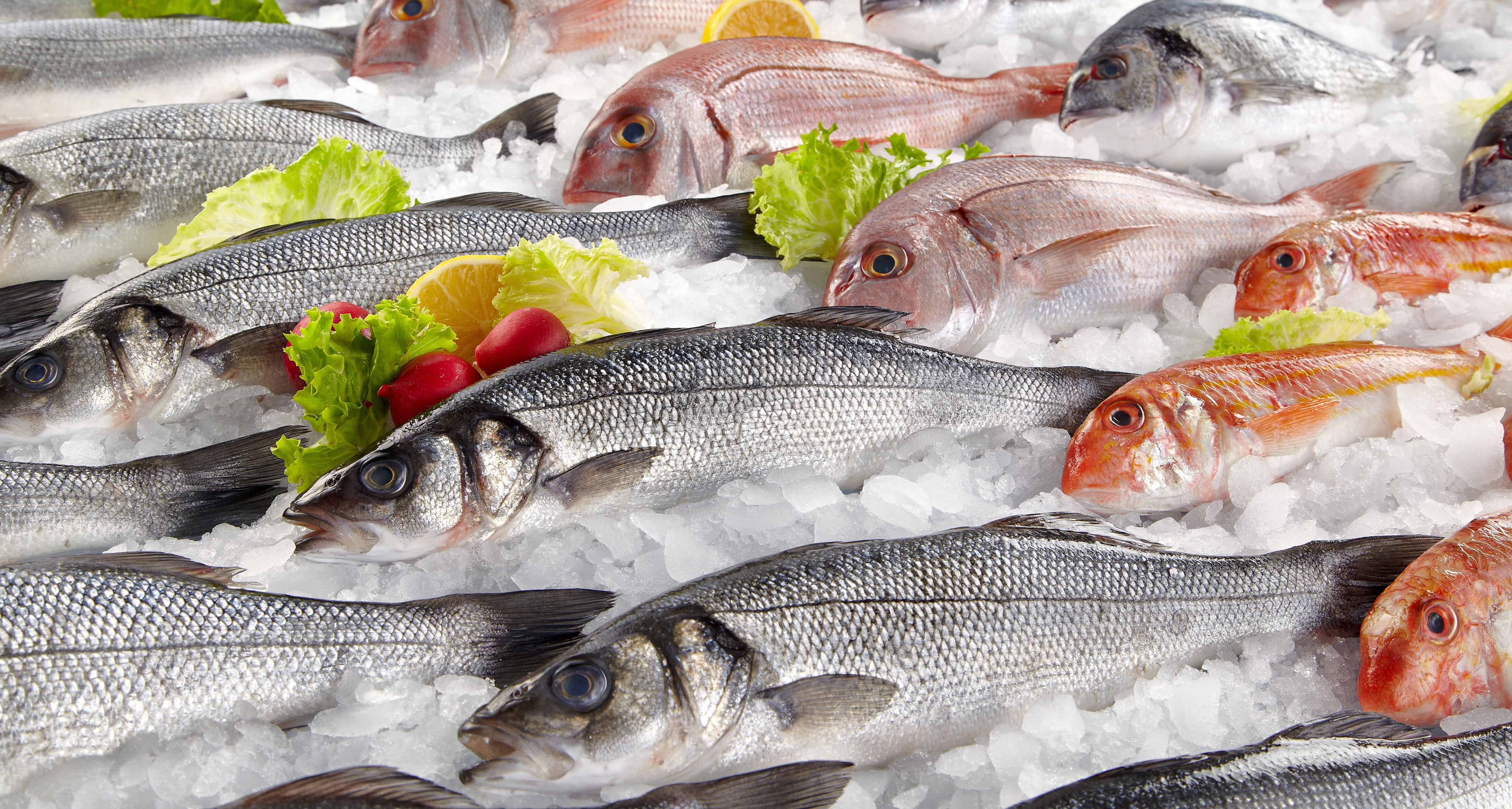Your guide to the seafood counter


One of nature’s richest sources of omega-3 fatty acids, a type of unsaturated fat that has been extensively studied for its important role in fighting Alzheimer's disease, preventing cardiovascular diseases, and for its potential impact in healthy fetal development, seafood is something that you should be eating more regularly (and best of all, all seafood is 0 SmartPoints on WW FreestyleTM). In fact, a survey conducted by the Canadian Aquaculture Industry Alliance found that only 15 per cent of Canadians are getting their recommended two servings of seafood per week.
One of the first steps to upping your fish and shellfish intake is to get comfortable at the seafood counter, the best destination for some of the freshest and tastiest seafood available in your area (even if you’re nowhere near a large body of water!).
Trust your senses
Just because you’re buying fish doesn’t mean the seafood counter should smell fishy. The shop or counter should smell clean and pleasantly briny. Avoid places that in any way smell like deteriorated product. This same rule applies to the seafood itself; don’t be shy about asking to smell the fish or shellfish you’re interested in buying.
The shop or counter should look well-cleaned and relatively organized. The seafood should be displayed or even covered in fresh ice. Avoid anything that’s sitting in a puddle of melted ice. If the fish is whole, look for clear eyes without any milky bacterial coating.
Ask to touch the fish, its firm flesh should be free of any slimy coating and should pop back in place after being poked (if your finger leaves an indentation, this could be a sign the flesh has already started to degrade.)
Some seafood counters, especially those specializing in ultra-fresh shellfish or sushi-grade fish, will allow you to taste the seafood before buying. If samples are being offered, by all means, give them a try, you might be pleasantly surprised to discover something new.
Chat up your fishmonger! It’s no secret that fishmongers are experts when it comes to choosing, preparing and serving seafood, so let go of any shyness you might have and ask them about any and all of your most pressing seafood-oriented questions. A good fishmonger will always steer you towards the freshest, most delicious option available (even if it means slightly altering your original dinner plans.)
Fresh versus farmed versus frozen
The fresh versus farmed seafood debate is rife with strong opinions and you may be surprised to find there are certain circumstances where fishmongers might suggest farmed over fresh. Monterey Bay Aquarium compiled a “Super Green” list of especially sustainable
seafood that features farmed oysters, farmed rainbow trout, and farmed Arctic Char. Frozen seafood (which is actually most of the fish and shellfish available in Canadian grocery stores) shouldn’t always be considered a negative quality, especially if it’s labeled as being “frozen at sea.” Many commercial fishing boats process and instantly freeze their catch, which means its flavour, nutritional content, and texture are left completely intact.
Get Ocean Wise
Ocean Wise is a worldwide program developed to help the average seafood consumer understand the implications of the industrial fishing industry. With plenty of information on sustainable fishing practices, the pros and cons of farmed seafood, seafood recipes, as well as an easy-to-understand list of recommended seafood (and not-so-recommended choices), Ocean Wise has made shopping for environmentally beneficial fish and shellfish easier than ever.
